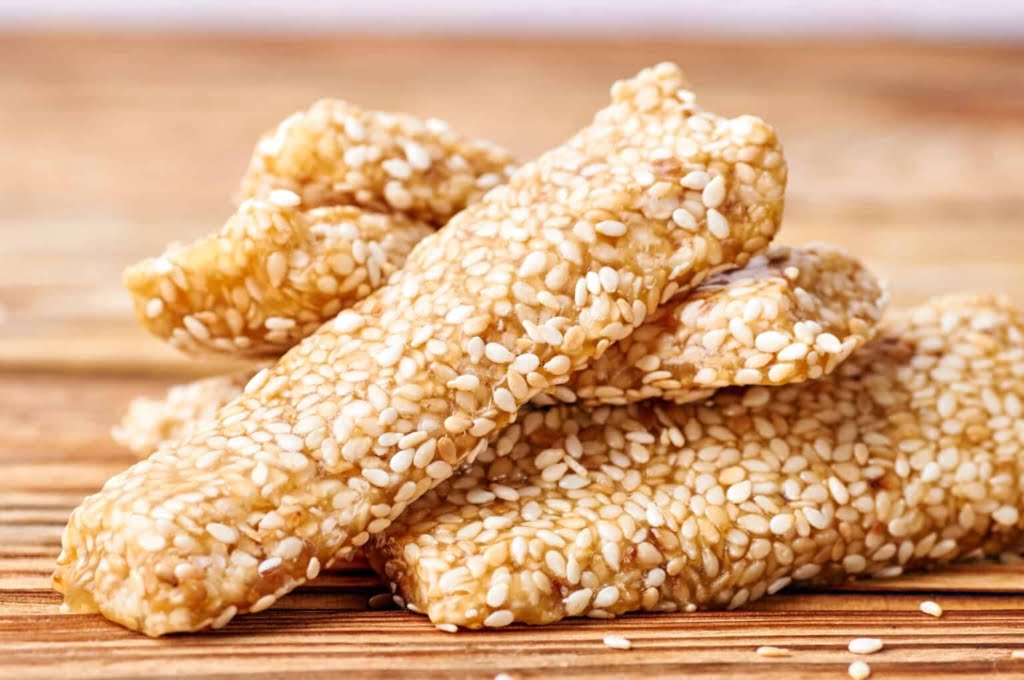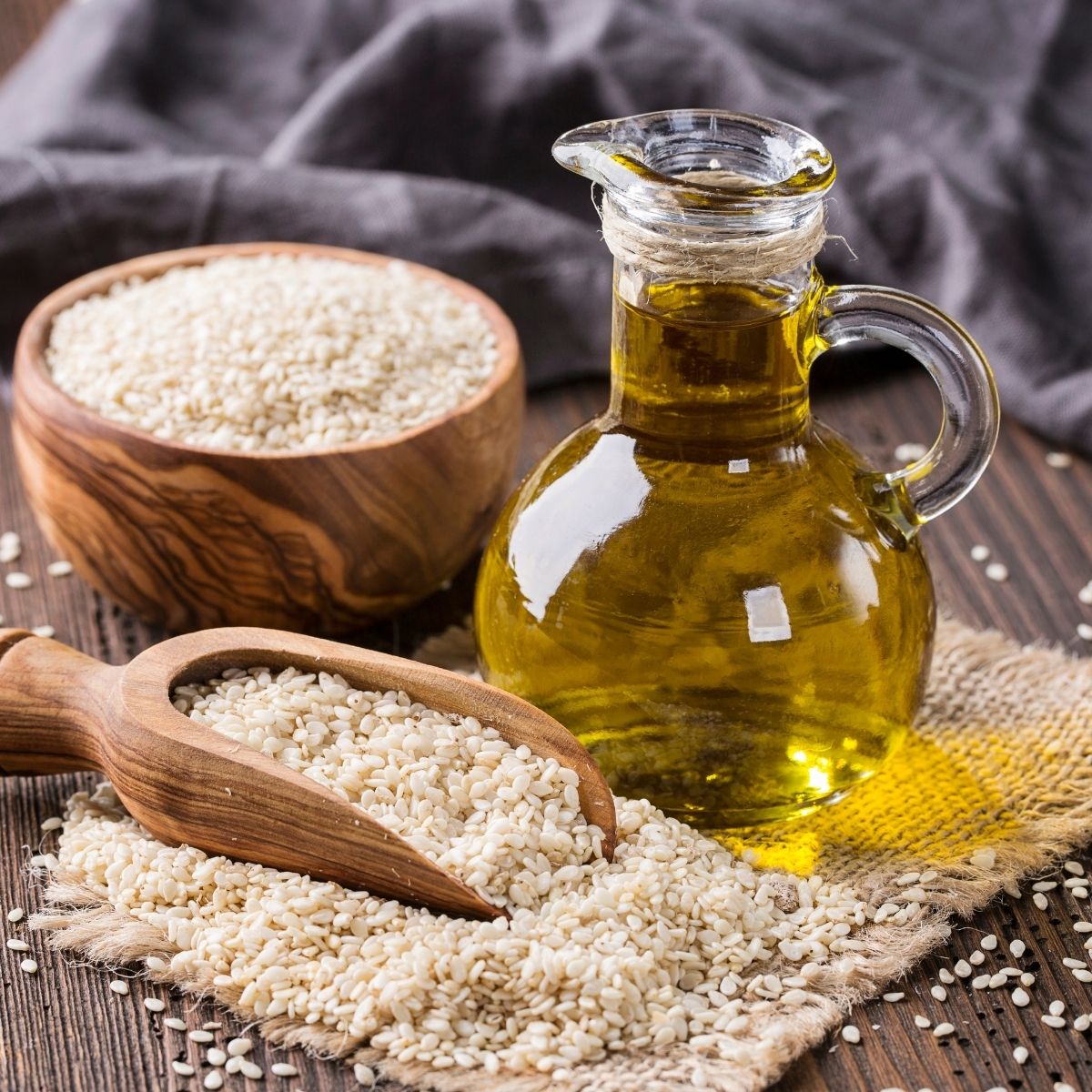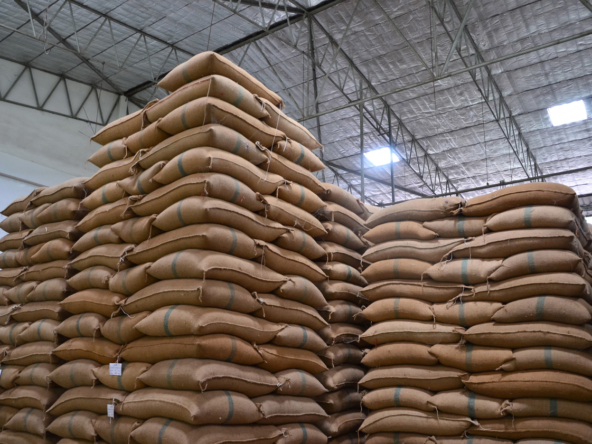Sesame seeds, known scientifically as Sesamum indicum, have been cultivated for thousands of years for their rich oil content and nutritional benefits. These tiny seeds are packed with essential nutrients, making them a valuable ingredient in various culinary and industrial applications. Understanding the quality characteristics of sesame seeds and their by-products is crucial for producers, consumers, and industries that rely on their unique properties. This blog post explores the key quality characteristics of sesame seeds and their by-products, including nutritional content, physical properties, processing factors, and applications.
Nutritional Content of Sesame Seeds
Sesame seeds are renowned for their high nutritional value. They are an excellent source of essential fatty acids, proteins, vitamins, and minerals. Here are some of the primary nutritional components:
- Fatty Acids: Sesame seeds contain approximately 50% oil, making them one of the richest oilseeds. The oil is predominantly composed of unsaturated fatty acids, including oleic acid (up to 40%) and linoleic acid (up to 45%). These fatty acids are beneficial for heart health and have anti-inflammatory properties.
- Proteins: With a protein content ranging from 18% to 25%, sesame seeds are a good plant-based protein source. They contain essential amino acids, including methionine and tryptophan, which are often lacking in other plant proteins.
- Vitamins and Minerals: Sesame seeds are rich in vitamins and minerals such as calcium, magnesium, phosphorus, iron, zinc, and vitamins B1, B2, and E. These nutrients contribute to bone health, immune function, and overall well-being.
- Antioxidants: Sesame seeds are abundant in antioxidants, including sesamin, sesamolin, and sesamol. These compounds have been shown to reduce oxidative stress, potentially lowering the risk of chronic diseases.
Physical Properties of Sesame Seeds
The physical properties of sesame seeds, including size, shape, color, and texture, are important quality characteristics that influence their processing and market value.
- Size and Shape: Sesame seeds are small, typically about 3 to 4 millimeters in length. The uniformity in size and shape is crucial for processing efficiency and product consistency.
- Color: Sesame seeds come in various colors, including white, yellow, brown, and black. The color often indicates the variety and can affect the market price. White and black sesame seeds are particularly valued for their distinct flavors and uses in different cuisines.
- Texture: The texture of sesame seeds is slightly crunchy, which makes them a popular addition to baked goods, salads, and snacks. The hull or outer shell contributes to the seed’s texture and can be removed to produce hulled sesame seeds, which are softer and more suitable for certain applications.
Processing Factors Affecting Quality
The quality of sesame seeds can be significantly influenced by various processing factors, including harvesting, drying, cleaning, and storage.
- Harvesting: Timely and proper harvesting is critical to maintain the quality of sesame seeds. Overripe seeds can shatter and be lost, while under-ripe seeds may not develop their full nutritional potential.
- Drying: After harvesting, sesame seeds need to be dried to reduce moisture content to about 6-8%. Proper drying prevents mold growth and preserves the seeds’ quality. Traditional sun drying and mechanical drying are commonly used methods.
- Cleaning: Sesame seeds must be thoroughly cleaned to remove impurities such as stones, dust, and other foreign materials. Advanced cleaning techniques include air-screen cleaners, gravity separators, and optical sorters.
- Storage: Proper storage conditions are essential to maintain the quality of sesame seeds. They should be stored in a cool, dry place, protected from pests and moisture. Vacuum sealing or using inert gases can extend shelf life by preventing oxidation.
By-Products of Sesame Seeds
In addition to the seeds themselves, sesame processing generates several valuable by-products, including sesame oil, sesame meal, and sesame hulls. Each of these by-products has distinct quality characteristics and uses.
Sesame Oil
Sesame oil is one of the most important by-products of sesame seeds, prized for its flavor, nutritional benefits, and stability.
- Extraction Methods: Sesame oil can be extracted through various methods, including cold pressing, hot pressing, and solvent extraction. Cold-pressed oil retains more nutrients and antioxidants, while hot pressing increases oil yield but may degrade some heat-sensitive compounds.
- Nutritional Content: Sesame oil is rich in unsaturated fatty acids, particularly oleic and linoleic acids. It also contains antioxidants like sesamol and tocopherols, which contribute to its stability and health benefits.
- Flavor and Aroma: The distinct nutty flavor and aroma of sesame oil make it a popular choice in Asian, Middle Eastern, and African cuisines. Toasted sesame oil, made from roasted seeds, has an even more pronounced flavor.
- Stability and Shelf Life: Thanks to its antioxidant content, sesame oil has a relatively long shelf life compared to other vegetable oils. Proper storage in a cool, dark place can further extend its shelf life.

Sesame Meal
Sesame meal, also known as sesame cake or press cake, is the by-product remaining after oil extraction. It is a valuable source of protein and fiber, used in animal feed and as a fertilizer.
- Protein Content: Sesame meal contains about 35-50% protein, depending on the extraction method. It is a high-quality protein source for livestock, enhancing their growth and health.
- Fiber Content: Rich in dietary fiber, sesame meal promotes digestive health in animals and can be used as a feed supplement for ruminants.
- Nutrient-Rich Fertilizer: Due to its high nutrient content, sesame meal can be used as an organic fertilizer, improving soil fertility and crop yields.
Sesame Hulls
Sesame hulls, the outer shells of the seeds, are another by-product with several applications.
- Animal Feed: Sesame hulls are rich in fiber and can be used as a feed ingredient for ruminants. They aid in digestion and provide roughage.
- Biofuel: The high cellulose content of sesame hulls makes them a potential raw material for biofuel production. They can be converted into bioethanol or used in biomass energy generation.
- Industrial Uses: Sesame hulls can be used in the production of particleboard, providing an eco-friendly alternative to wood.
Quality Control and Standards
Ensuring the quality of sesame seeds and their by-products involves adhering to strict quality control measures and standards. These measures help maintain product consistency, safety, and nutritional value.
- Quality Standards: Various international and national standards regulate the quality of sesame seeds and their by-products. These standards cover aspects such as purity, moisture content, oil content, and the presence of contaminants.
- Testing and Certification: Regular testing for quality parameters, including physical, chemical, and microbiological tests, ensures compliance with standards. Certification by recognized bodies, such as ISO or HACCP, provides assurance of product quality.
- Traceability: Implementing traceability systems helps track the production process from farm to consumer. This ensures transparency and accountability in the supply chain.
Applications of Sesame Seeds and By-Products
Sesame seeds and their by-products have a wide range of applications in the food industry, cosmetics, pharmaceuticals, and other sectors.
Food Industry
- Bakery and Confectionery: Sesame seeds are widely used in baking and confectionery products, adding flavor, texture, and nutritional value to breads, cookies, and pastries.
- Cooking Oil: Sesame oil is a staple in many cuisines, used for cooking, dressings, and marinades. Its nutty flavor enhances the taste of dishes.
- Health Foods: Due to their high nutritional content, sesame seeds are used in health foods such as granola bars, smoothies, and salad toppings.
Cosmetics and Personal Care
- Skincare Products: Sesame oil is valued for its moisturizing and anti-inflammatory properties, making it a common ingredient in lotions, creams, and soaps.
- Hair Care: The nourishing properties of sesame oil make it beneficial for hair care products, promoting healthy hair and scalp.
Pharmaceuticals
- Medicinal Uses: Sesame oil is used in traditional medicine for its therapeutic properties. It is believed to improve skin health, boost immunity, and support cardiovascular health.
- Nutraceuticals: Sesame seeds and oil are incorporated into nutraceutical products, offering health benefits beyond basic nutrition.
Conclusion
Sesame seeds and their by-products are valuable commodities with a wide range of quality characteristics and applications. Understanding these characteristics helps producers maintain high standards and meet market demands, while consumers benefit from the nutritional and health properties of sesame-based products. As the global demand for healthy and sustainable food ingredients continues to rise, sesame seeds will undoubtedly play an increasingly important role in the food industry and beyond.
Ajigofarms is a reliable global agricultural purchase sourcing with profound expertise in the manufacturing, and exportation of food crops. We are tested, and trusted suppliers of all kinds of cash crops and food crops. Our constant supply chain solution makes exporting easy, quick, and safe, we are identified with timeliness and meeting up with deadlines. Regardless of the region you are located in worldwide, you can reliably order your Agric products and be rest assured of successful delivery.




